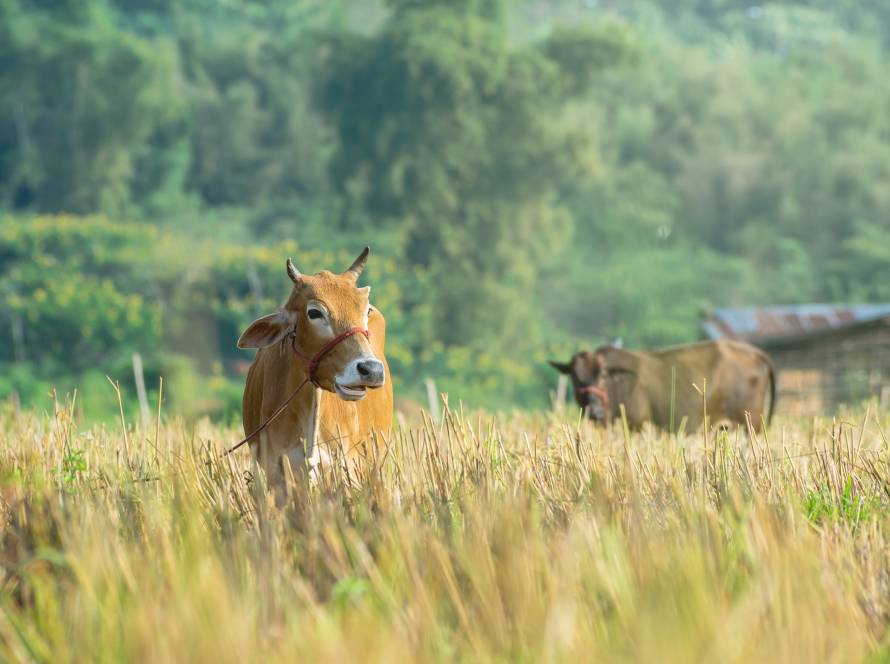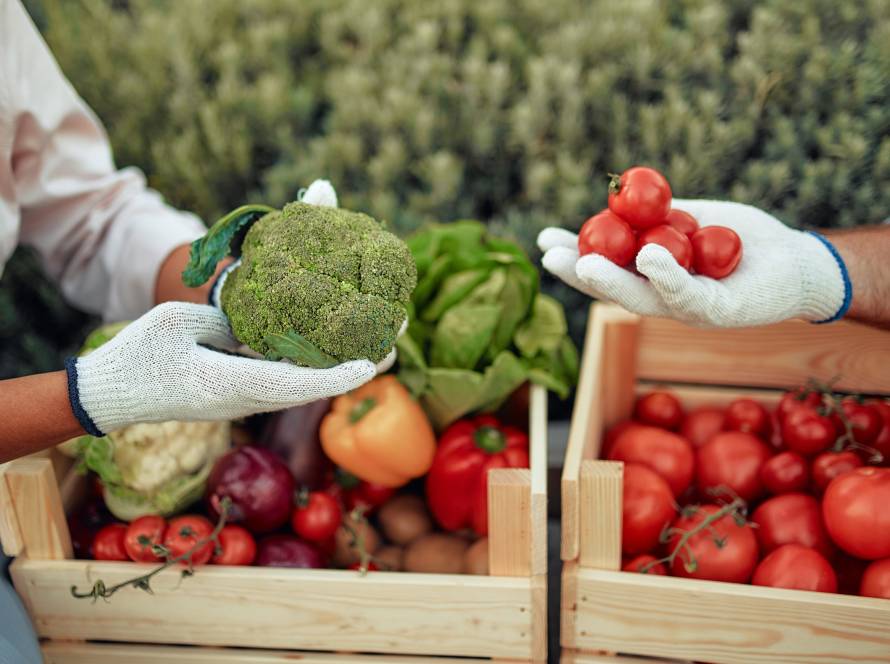As the world’s population continues to grow rapidly, one of the biggest challenges faced by the agricultural sector is to feed this increasing population in a sustainable way. The need to increase efficiency and ensure food security while minimizing the environmental impacts of agricultural production has never been more critical. In this context, smart technologies in sustainable agriculture are at the heart of future farming models. A revolution is taking place in the world of agriculture through the use of advanced technologies like artificial intelligence, sensors, robots, and data analysis to build an environmentally friendly and productive farming system. But how are these smart technologies transforming agriculture? Let’s explore together.
1. What is Smart Agriculture?
Smart agriculture refers to the use of technology to enhance the efficiency of agricultural processes. Its main goal is to use resources more effectively, increase food production, and minimize environmental impacts. This technology-driven farming model helps farmers monitor crop growth conditions more closely, optimize water and fertilizer use, and combat pests more effectively.
Some key components of smart agriculture include:
- Sensors (to monitor parameters like soil moisture, weather conditions, and plant health)
- Robots and drones (for planting, harvesting, and pest control)
- Artificial intelligence and data analytics (for collecting and analyzing agricultural data)
- GPS and satellite technologies (for field management and precision planting)
These components give farmers greater control over agricultural processes and help optimize decision-making.
2. Digital Agriculture and Increased Efficiency
Digital agriculture is one of the most important elements of sustainable farming. Sensors, drones, and GPS-based data collection systems allow farmers to analyze their fields in more detail. For example, sensors that continuously monitor soil moisture can help reduce water waste by using only the necessary amount of water. These data-driven approaches optimize not only water but also fertilizer and pesticide use. As a result, environmental damage is minimized, and agricultural efficiency is maximized.
For instance, a farmer can use smart irrigation systems to individually monitor the water needs of each plant in their field. This prevents unnecessary water usage, conserves water resources, and promotes healthier plant growth. As efficiency increases, farmers can produce more with fewer resources.
3. AI-Powered Agriculture
Artificial intelligence (AI) is another key technology revolutionizing the agricultural world. AI analyzes vast amounts of agricultural data and provides farmers with predictions and recommendations. For example, with weather data and soil analysis, AI can offer accurate information on planting schedules, fertilizer amounts, and pest control.
AI-powered systems can also use image processing techniques to detect crop diseases early. Aerial observations made by drones continuously monitor plant health and detect signs of disease. Early detection prevents the spread of diseases and reduces the need for chemical treatments. This not only protects the environment but also minimizes crop losses.
4. The Contributions of Robotics and Automation in Agriculture
Today, robotics and automation are rapidly developing fields in agriculture. Agricultural robots can perform tasks such as planting, fertilizing, harvesting, and weed control quickly and precisely. These robots reduce the need for manual labor, lower labor costs, and increase efficiency.
The use of robots in large agricultural areas, in particular, allows for more efficient management of the workforce. As agricultural machinery becomes autonomous, the error rates in agricultural processes also decrease. This helps farmers save time and money.
5. Field Monitoring with Drone Technologies
Drones are a revolutionary tool for monitoring and analysis in agriculture. They can quickly scan large areas of fields, collecting critical data on crop health, irrigation needs, and pest control. In large fields, manual monitoring is increasingly being replaced by automated observations using drones.
These drones can be equipped with thermal cameras to monitor the growth of plants and provide an early warning system to help identify potential issues. This allows farmers to better manage crop health and minimize yield loss.
6. The Future of Farming: Environmentally Friendly and Efficient
In the future, agriculture will be built on sustainability and efficiency. Thanks to smart technologies, farmers will be able to produce more with fewer resources, minimize environmental damage, and ensure food security at the same time. The transformation of agricultural production processes through technology is key to creating a future that is both environmentally friendly and economically sustainable.
In conclusion, smart technologies are bringing about a profound change in agriculture. Through advanced technologies like sensors, artificial intelligence, robots, and drones, farmers are making more informed decisions, increasing their efficiency, and protecting the environment. The farming models of the future will be based on a technology-driven, environmentally friendly, and sustainable approach to agriculture. The future of farming is being shaped by smart technologies, and this transformation is making food production more sustainable and efficient.





